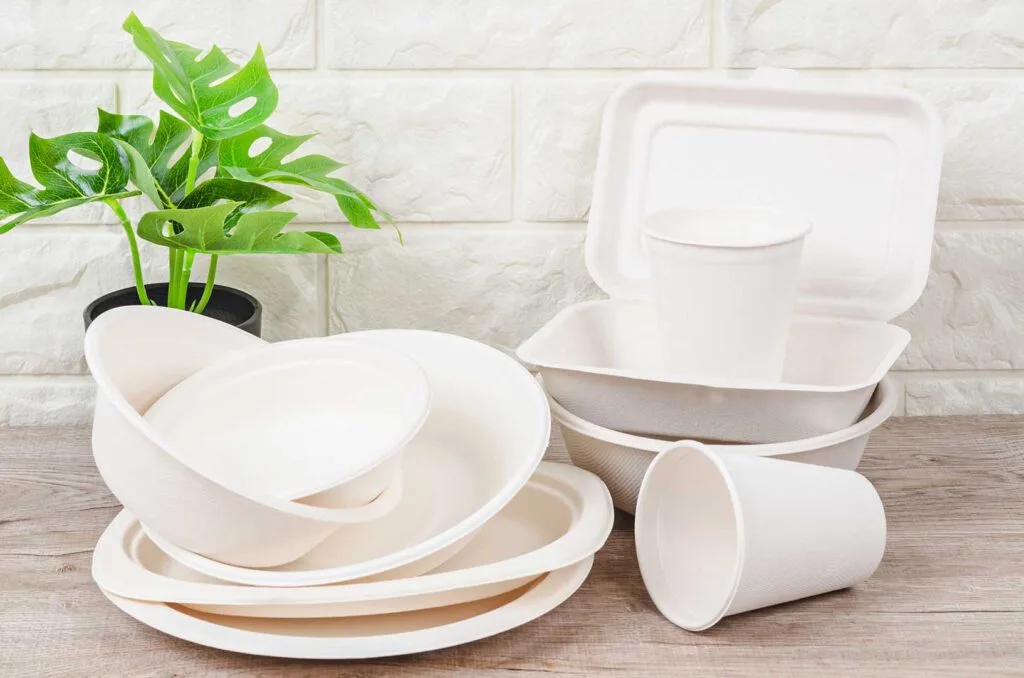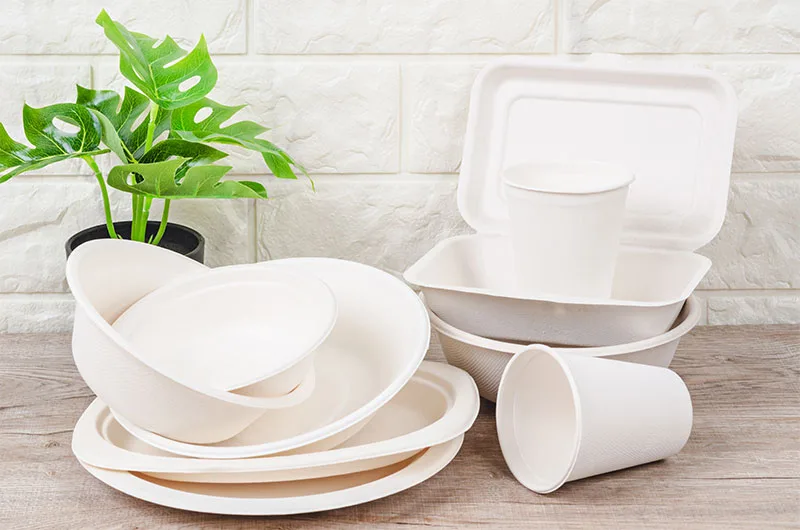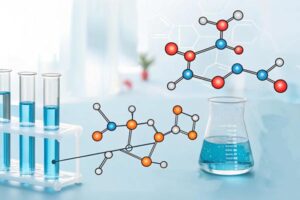What is PLA?
Polylactic Acid (PLA) stands as a biodegradable thermoplastic polymer sourced from renewable materials like corn starch or sugarcane. Its versatility and eco-friendly nature have made it a preferred choice over traditional plastics.

What PLA is used for?
PLA finds widespread application in various industries, serving as a material for 3D printing, food packaging, disposable tableware, medical implants, and textiles. Its biodegradability and low environmental impact contribute to its popularity in sustainable product manufacturing.
Is PLA actually biodegradable? How long does it take PLA to biodegrade?
PLA’s biodegradability depends on conditions. In industrial composting facilities, PLA can degrade within a few months to a couple of years. However, in natural environments like soil or water, this process may take significantly longer—potentially several decades.
Why is my PLA breaking?
A common issue faced by PLA users is its vulnerability to hydrolysis(See what is hydrolysis), where water breaks down the polymer chains, resulting in reduced mechanical properties, brittleness, and premature material breakdown.
How do you reinforce PLA?
To combat hydrolysis, anti-hydrolysis agents are used to strengthen PLA and enhance its resistance to high temperatures and humidity. These additives act as protective barriers, shielding PLA from moisture and inhibiting the hydrolysis process. Incorporating these agents during manufacturing significantly extends PLA’s lifespan and maintains its mechanical properties, making it suitable for demanding applications.
In conclusion, while PLA offers eco-friendly advantages, its susceptibility to hydrolysis poses challenges. However, integrating anti-hydrolysis agents effectively fortifies PLA, especially in high-temperature and high-humidity environments. Continued research and innovation in PLA formulations with these additives are crucial for expanding its applications and advancing sustainability efforts.







